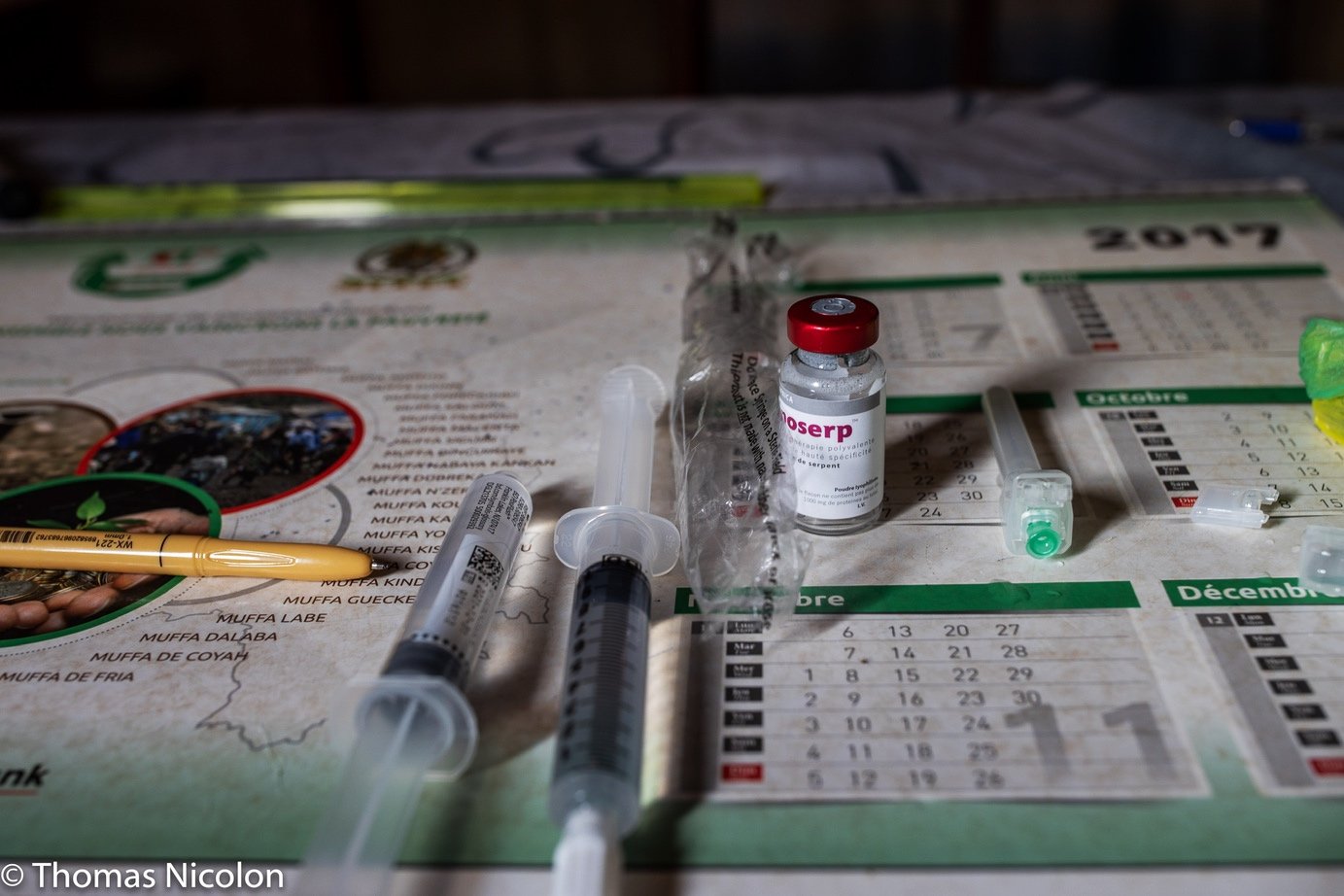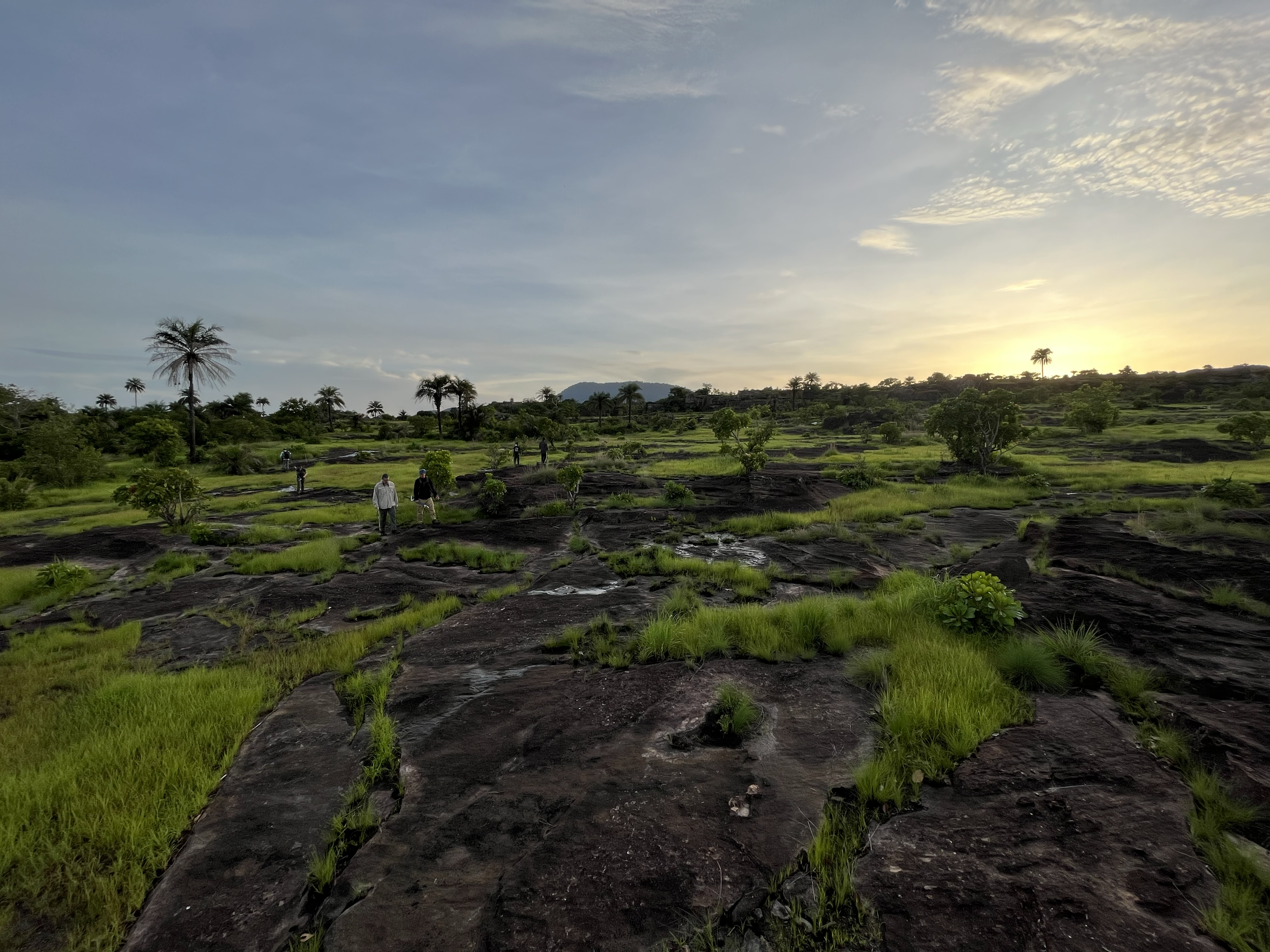
The Asclepius Snakebite Foundation is a 501(c)3 non-profit organization dedicated to improving outcomes for snakebite victims through a combination of innovative research, clinical medicine, and education-based public health initiatives.
We save limbs and lives of snakebite victims worldwide.
Every vial of lifesaving antivenom given and every health worker we train begins with you. Your support helps us train more clinicians, provide more antivenom and continue to expand our reach worldwide to prevent death and disability.
Our Model
We employ a multidisciplinary approach to address the issue of snakebite at all levels of local communities, healthcare systems, and government. We listen to our partners to understand their specific needs and collaborate to explore solutions to best serve their community.
Developing Snakebite Centers of Excellence
We strive to build and grow medical facilities equipped with safe, effective antivenom that are staffed by trained local health workers. These centers function as central hubs for quality snakebite care, but also serve as sites for research, community outreach, and healthcare worker education.


























